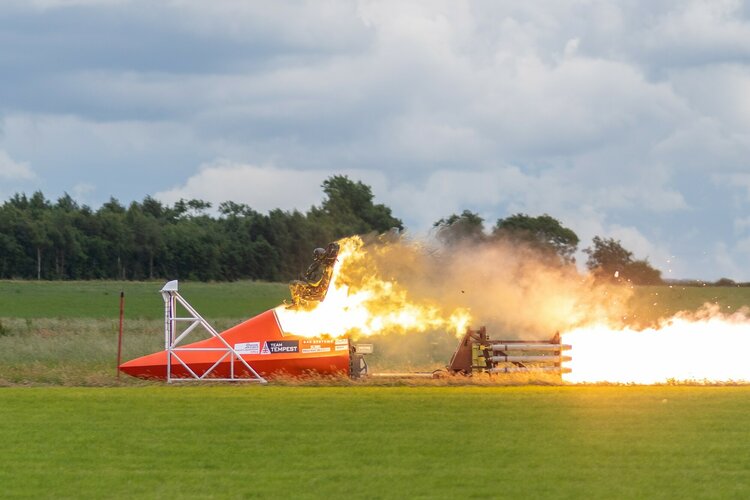Because ADIZ patrol is not the only thing GCAP will do. And more importantly current day NATO front is way way further to the East/North. Obviously UK and Italy would want longer range compared to their jets during the Cold War, in case something happens to any NATO member state neighbouring Russia and Belarus and they need to provide DCA over friendly territories, deep strike Kaliningrad and Russian mainland, and operate over the Baltics and Black Sea for ASuW and CAP roles. Even when they forward deploy to Germany/other central European countries like how RAF air wings did during the Cold War, they would want to deploy to air bases further away from majority of Russian stand-off PGMs.GCAP has an emphasis on range for UK and Japanese ADIZ patrols / interception, but why would Italy need that range?
I don't understand why people can't understand Italy needs long-range fighters under current security climate. It's simply because they are not neighbouring any hostile adversaries.
Last edited:








